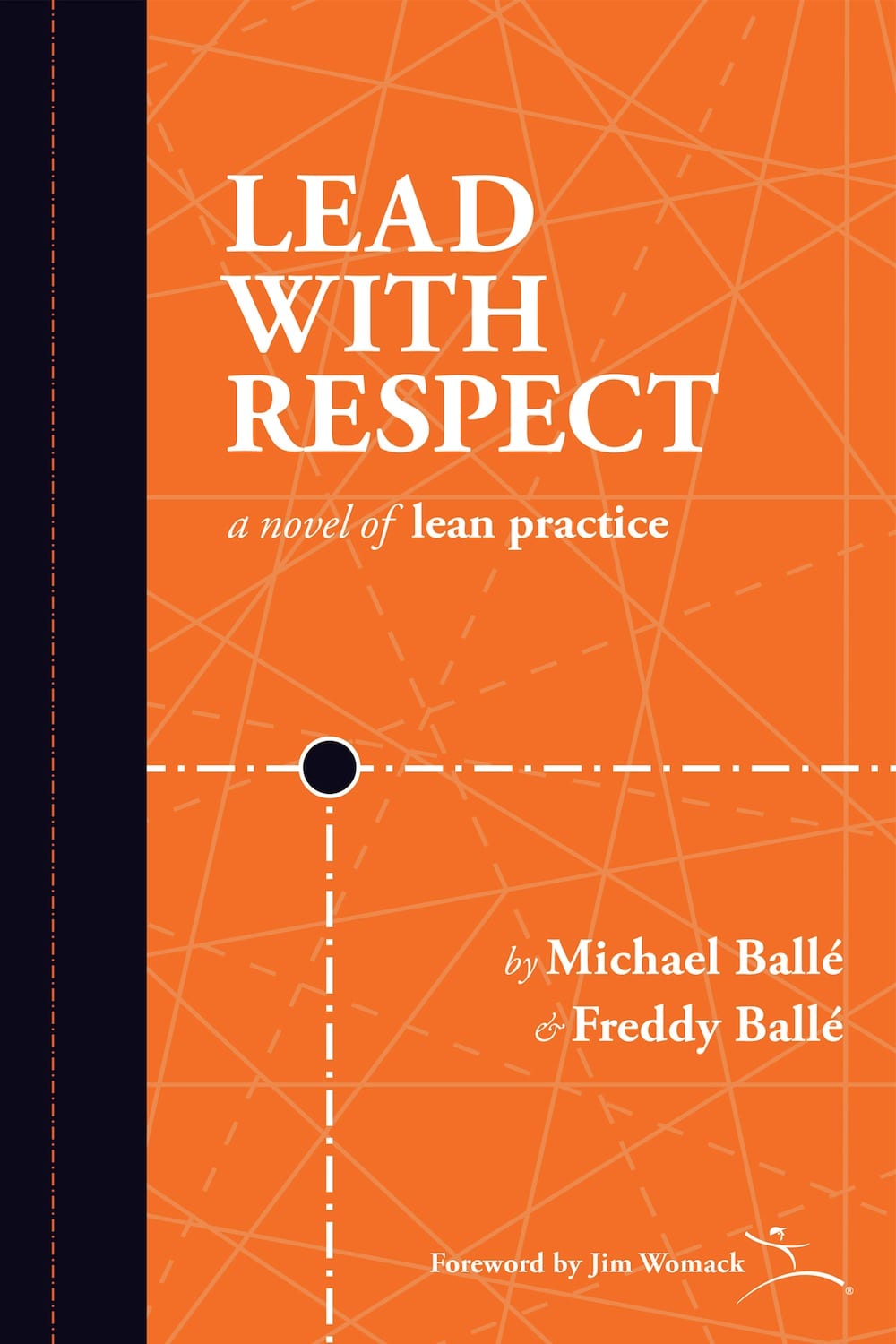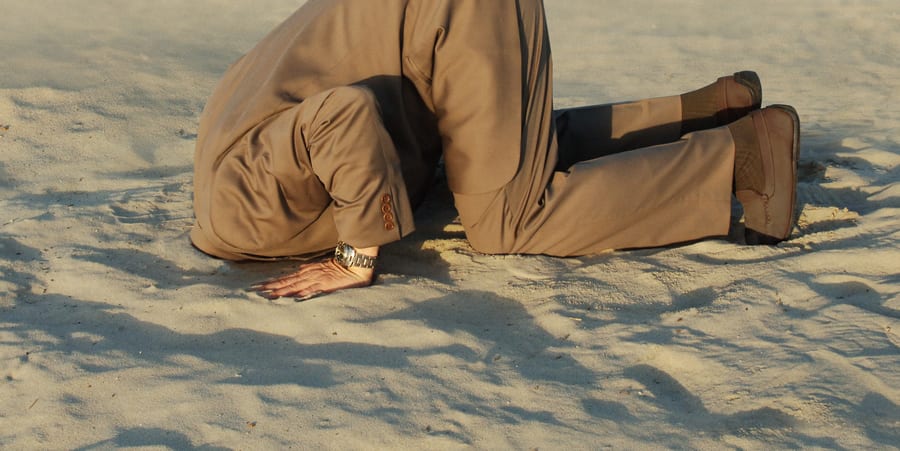
Michael Ballé on helping lean thinking and kaizen take root
ARTICLE - Organizing for learning is critical to sustaining your kaizen efforts and improving your company. Choose the right managers, make sure they can self-develop and develop others, and help lean to take root.
Words: Michael Ballé, executive coach, author and Co-founder of Institut Lean France
On a recent gemba walk, the Quality Director of a large hospital asked me: “How do I sustain experiments?” In the years I’ve known him, he has led a number of spectacular kaizen efforts. Unfortunately, all too often the status quo has reestablished itself in the end.
During the visit, we were observing one instance in which the effort had been focused on “dojos” and training information desk clerks at the emergency reception (critical to families and patient orientation).
Daily 20-minute training sessions held by the supervisor (one person trained per day) had shown great promise as administrative staff started to build their own standards to deal with the difficult situations they encounter daily. Unfortunately, the practice had then fallen by the wayside with the latest crisis and influx of seasonal patients. Training each member of staff to specific scenarios had really worked for a while, but could not be sustained.
Here’s another example. To try to understand more about the use of operating theaters, the Quality Director would ask the nursing supervisor to track the time of first incision in each theater every day and share the results with surgeons. This simple measure increased OR usage by 20% in the first month. It also led to heated discussions among surgeons (why were some late and others on time?) and paved the way for further kaizen. But then one of the crises hospitals are so accustomed to came, and the practice was abandoned. Theater usage went back to what it was before, just like the reception dojos had.
It wasn’t all doom and gloom and there certainly were many great successes (the creation, for example, of a unit of experienced nurses to prepare for discharges and therefore free up beds quickly led to a remarkable drop in length of stay throughout the hospital), but too often the organization seemed unable to sustain the improvements introduced.
Why doesn’t kaizen stick, then?
Doing kaizen is often a matter of commitment and leadership – getting people motivated to look at their practices, see the improvement potential, think through their current methods of working and come up with a better way of doing things. If you’re a committed manager and know how to work with people, kaizen will happen - often with astonishingly positive results.
But why is often not sustained? The aim of kaizen is to show to all the people involved that there is a better way of working so that they will change the system accordingly and progress, moving on to the next kaizen topic. If the system does not change, however, it will act like a rubber band, until the new method reverts back to the status quo.
The hard thing about kaizen, it turns out, is not the kaizen itself, but learning how to make improvement sustainable.
This is something we all encounter with suggestion systems. In lean, for instance, rather than ask people to post their ideas in a mailbox and have a committee select the best ideas to be implemented by someone else, suggestions are seen as a supervisory skill.
The local manager has to learn the following four steps:
- Encourage suggestions and listen to new ideas: When someone has a half-baked idea about their job, or a complaint, how do you get them to formulate a real suggestion of how the work could be done better? Everyone needs help in formulating ideas, including managers. It’s not a natural process.
- Find space to run an experiment: Ideas, in themselves, are a dime a dozen – they have to be put to the test. The manager must then have the skill to find a time and place to experiment with the idea at minimal cost to help the originator refine it and make it practical through learning-by-doing. This occurs within normal work, so, again, it’s a tricky supervisory skill as days often don’t have enough hours just to get the regular job done, let alone play with new stuffs. Managers must learn to make space for experiments.
- Convince other people involved that this is a good idea: Not the simplest. No one likes to change their work habits, or adopt someone else’s ideas, so convincing all parties involved that the new, tested, idea actually pans out and is worth adopting is no easy task. Again, the manager must learn to encourage the right kind of group discussions and trials to let people with ideas make their case and get the support they need from their colleagues.
- Change the standard, and make sure the other functions support it: Changing the local standard is a matter of discipline, but a rarely simple action because changes frequently impact other functions. (What about our quality procedures manual and ISO audits?) Out of ten people you need to convince, at least one will try to derail the change because of the hassle involved in changing their own habits. This is purely the manager’s job – the person with the suggestion can’t do a thing at this stage. Her manager must learn to deal with the rest of the organization, mostly with the support of her own manager and so on.
“But none of my ward managers could do that,” the hospital’s Quality Director told me during my recent visit as we discussed the suggestion process.
Actually, that wasn’t completely true. In the case of the Discharge Unit, the nurse in charge was very experienced, well respected and fearless. Treading on toes never slowed her down and she had made her colleagues in other wards accept the discharge standards just using the sheer force of her personality (and with strong backing from the Quality Director). On the other hand, the operating theater manager had been interested in the first incision exercise, but had never really taken it on board or tried to convince others. It was nothing but the Director’s pet project, and therefore had little chances to stick.
The Director came to realize that he had to completely change his mind about what kind of managers he needed. Considering the complexity of its endeavors, the hospital tent to promote people based on their ability to get things done and on internal politics. Few managers were selected based on their ability to either learn or train staff. They were there to apply existing procedures and put out fires (which happen routinely). In fact, they were possibly the worst people you could have to deal with change of any kind, their reflex action being to fight it instead of fighting for it.
This became very clear back in the ER. One of the experiments the Quality Director had tried was to have experienced doctors see patients first, rather than after non-resident students and then residents. He never succeeded getting only experienced doctors in Emergency, but some of them did commit to taking a quick look at each patient as the students examined them. One such doctor, in particular, had amazing diagnostics skills. When she was there, the emergency ward was transformed. She’d listen, ask one quick question, put a word in the ear of the student, and the patient flow simply worked. But she never seemed able to train others. She didn’t have either the patience or the inclination. She could orient students, but not teach them. As a result, despite having some great doctors, the emergency triage process never improved.
Organizing for learning is the key to sustaining kaizen efforts and improving the whole, change point after change point. Beyond coaching teams to study their work methods and come up with improved practices, managers must also know how to:
- Train all staff to understand change and work with it – improving the proposed change where they foresee problems and engage with the new method;
- Negotiate with other functions to make the change sustainable in the interactions with other departments and processes;
- Learn themselves – in order to be able to teach, one must first learn to learn, in order to discover potential roadblocks, deal with them one by one and work with the people concerned.pl
One of the hospital directors perfectly expressed his own mindset: “We’re managers,” he explained. “We’re paid to manage others: we analyze situations, make decisions and apply them.” And indeed, this is how the hospital chose its managers – people who would make decisions and have them executed, running their departments according to existing procedures. No learning needed, thank you very much.
In order to optimize the schedule of operating theaters, the manager arranged for specialized surgical nurses to start working 15 minutes later than general personnel – on paper, 15 minutes over a huge number of people is a considerable efficiency gain. As a result, nurses have lost the overlapping slot of time where they could coordinate for the day and potentially learn together.
Optimizing static conditions often leads you to generate massive inefficiencies you’ll never see from a narrow silo position.
The endless problem with sustaining is not an issue with kaizen, but with the kind of organization you’re building. Every time a coach runs a kaizen workshop with shop floor employees, they will improve what they’re looking at, of course they will, but what happens after that?
The issue is not, as we thought 20 years ago, one of organizational learning but, more pragmatically, of organizing for learning: choosing managers for their ability to 1) self-develop and 2) develop others is what radically changes how a company performs.
There’s an oft-mentioned Taiichi Ohno quote (probably apocryphal) that perfectly captures this sentiment:
“Why not make the work easier and more interesting so that people do not have to sweat? The Toyota style is not to create results by working hard. It is a system that says there is no limit to people’s creativity. People don’t go to Toyota to ‘work,’ they go there to ‘think’.”
Before you embark on a lean journey and involve your staff in kaizen activities ask yourself whether you should first change your own mind about what kind of organization you have, and what kind of organization you’d want to seek superior performance.
Take a deep breath, look at the middle managers that run your organization for you and ask yourself: “Have I hired this person to take charge and get results by deciding and getting people to execute?” or “Have I hired this person to coach theirs team to develop their own way to superior performance, learn from this, and give me further insights into how I can improve the entire department?” This simple assessment of the people you’ve promoted will reveal whether you’re organized for work, or organized for learning.
The managerial revolution brought by lean thinking meant to turn JOB = WORK into JOB = WORK + KAIZEN. Yet, to make this breakthrough, we have to first organize for learning.

PURCHASE YOUR COPY OF LEAD WITH RESPECT TODAY
US readers, click here
Dutch readers, click here
UK readers, click here
THE AUTHOR

Read more


FEATURE – There are five dimensions to a lean transformation – purpose, process, people, management behaviors, and mental models – and it is the role of leadership to adjust its stance to each of them.



VIDEO - The author of Lean with Lean explains why he published a collection of papers rather than a business novel - his signature writing style - or a manual. Experience lean through the eyes of one of its greatest students... one a-ha moment at a time.


FEATURE – How does the improvement department of a company become a hindrance to the transformation? The author answers this question and discusses how this can be avoided.


FEATURE – For the last article of their series, the authors ask themselves the ultimate question: who wins at lean, and who loses? What makes change sustainable? Turns out, it’s all about the fundamentals.

